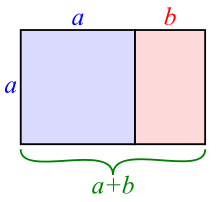Since starting my 4100 animation course at Sae I have realised what my key weaknesses are in drawing. My main weakness is drawing a lot of things in a small amount of time as I like to take my time when drawing and make everything look as good as possible. This has been a big problem for me as we often go out to museums and have to draw a lot of small objects in a limited time and most the time I end up only having finished half of them. This isn’t the only weakness I have realised that I have however as when working on my technical document for my assignment I noticed I struggled to do small little sketches as I had been used to drawing more complete pieces before that and had a lot more time to spend on them but with these I only had around 10-15 minutes to make them look as good as possible.
However I have also noticed what my strengths are in my time drawing at Sae. I would say my main strength is the precision in my drawing as if I take my time and have a reference picture to follow I can get it to look almost just like the picture. I also like and think that my finished pieces come together well and are one of my main strengths as I like the fact that after all the thumbnails and drawings I have done before hand come together and make one big final drawing.





